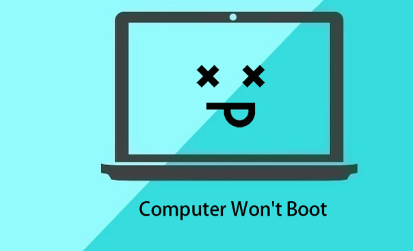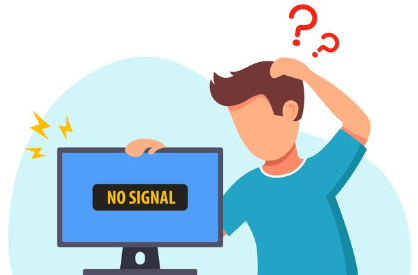Blog
What to do when your computer won’t turn on?

It’s a frustrating moment when you press the power button on your computer, and nothing happens. Whether you rely on your PC for work, study, or etc, a non-responsive machine can be problematic. But don’t panic! There are several steps you can take to troubleshoot the issue before seeking professional help. Here’s a guide to help you get your computer back up and running.
Step 1: Check the Power Supply
Ensure It’s Plugged In
The first thing to check is whether your computer is plugged into a power source. It sounds simple, but loose cables can easily be overlooked. Make sure the power cable is securely connected to both the wall socket and your computer.
Test the Power Outlet
If your computer is plugged in but still won’t turn on, try plugging it into a different outlet. Sometimes, the issue could be with the power supply rather than the computer itself.
Step 2: Look for Signs of Life
Listen for Sounds
When you press the power button, listen closely. Do you hear any sounds like fans spinning or hard drives whirring? If you hear nothing at all, it might indicate a more serious issue.
Check for Lights
Look for any indicator lights on your computer. If lights are flashing or glowing, this could provide clues about what’s wrong. For example, a blinking power light might suggest a hardware issue.
Step 3: Perform a Hard Reset
Sometimes, a simple reset can solve the problem:
- Unplug Your Computer: Disconnect it from the power source.
- Remove All Peripherals: Unplug all external devices like USB drives, printers, and external hard drives.
- Hold Down the Power Button: Press and hold the power button for about 15-20 seconds. This helps discharge any residual power.
- Reconnect and Restart: Plug everything back in and try turning on your computer again.
Step 4: Check Internal Components
If your computer still won’t start, it may be time to check some internal components:
Open Up Your PC (If Comfortable)
If you’re comfortable working with hardware, consider opening up your desktop or laptop:
- Check RAM
- Inspect Connections
Look for Dust Buildup
Dust can grow inside your computer and cause overheating or other issues. If you see significant dust buildup, carefully clean it out using compressed air.
Step 5: Boot in Safe Mode
If your computer powers on but doesn’t boot up properly, try starting in Safe Mode:
- Turn Off Your Computer.
- Turn It Back On: As soon as it starts booting up, repeatedly press F8 (or Shift + F8) until you see the Advanced Boot Options menu.
- Select Safe Mode: Use your keyboard to select Safe Mode and press Enter.
Step 6: Seek Professional Help
If none of these steps work, it may be time to contact a professional repair service. There could be an underlying hardware issue that requires expert attention. A computer that won’t turn on can be a hassle, but many common issues have simple solutions.

By following these steps—checking power connections, performing resets, inspecting components—you might save yourself time and money on repairs. However, if you’re unsure or uncomfortable performing any of these steps yourself, don’t hesitate to reach out to a tech repair professional for assistance. Contact Fix and Snap for this!
